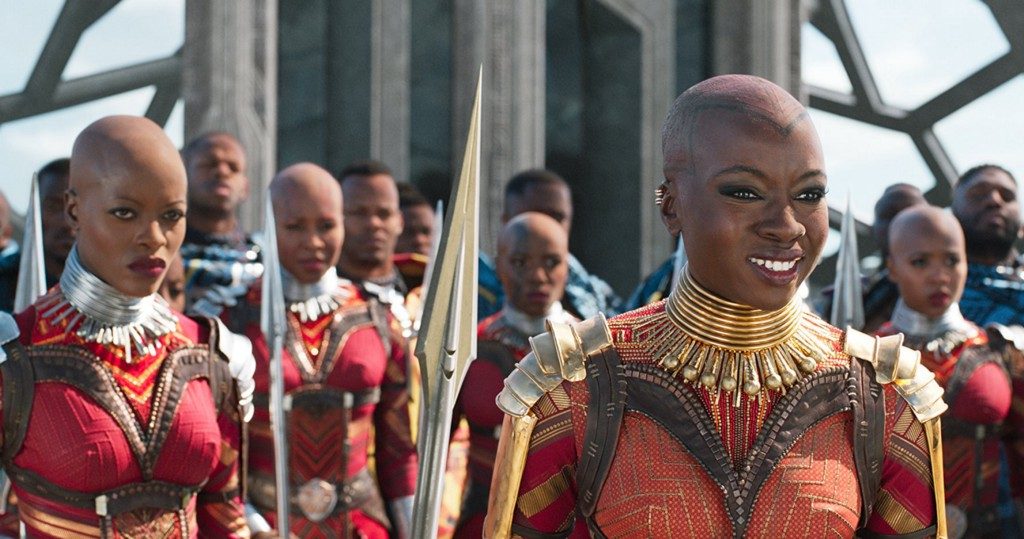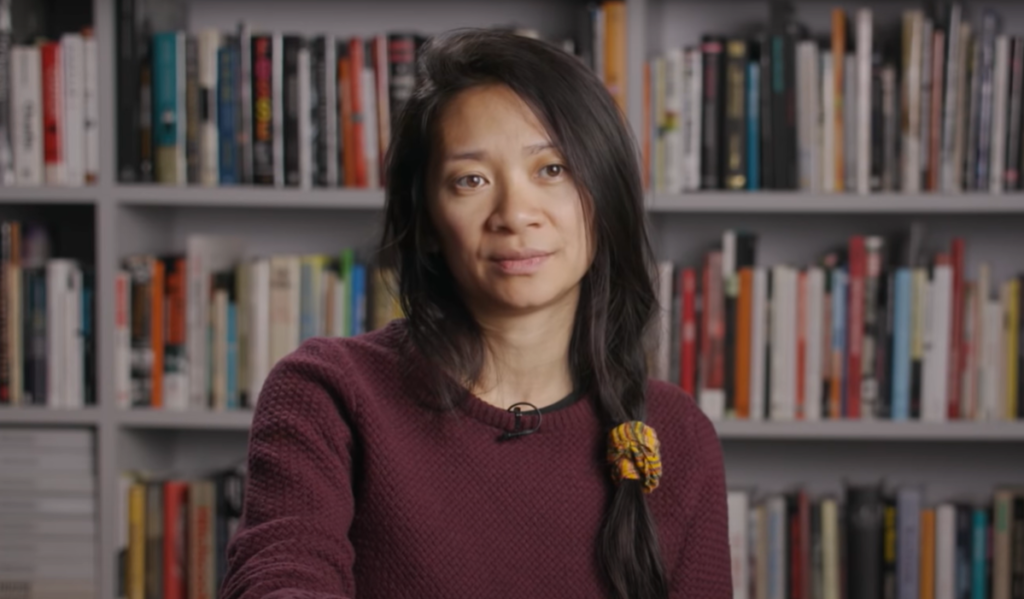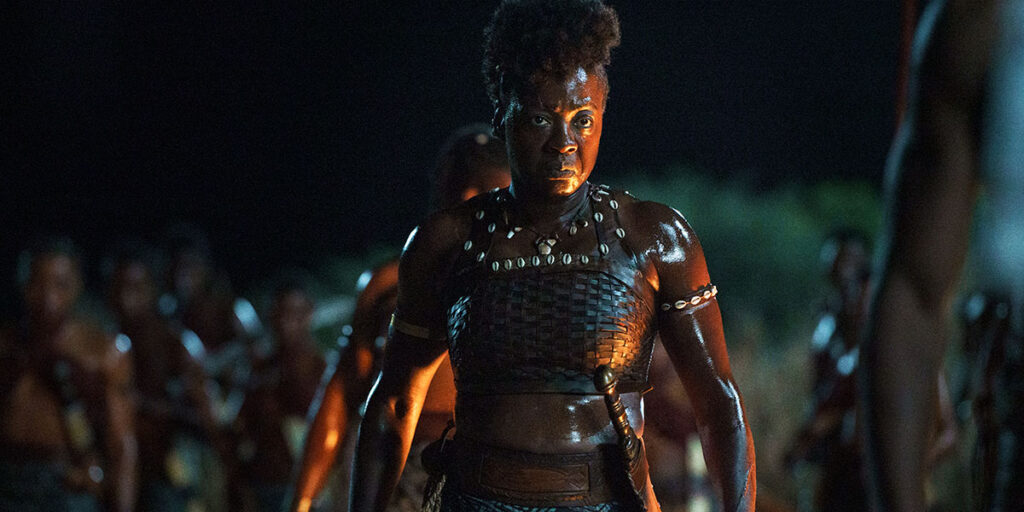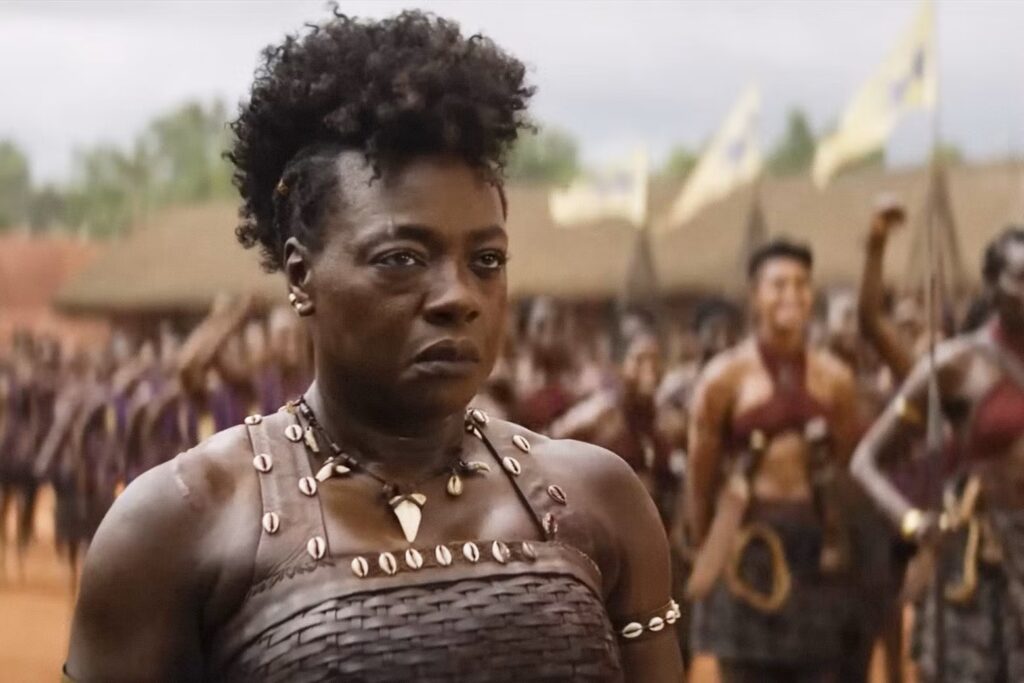This year’s box office numbers are deliciously proving what we and many others have been saying all along: Diversity and inclusivity always come out on top.
Per a report via CNN, revenue data from Box Office Mojo confirms that, out of the 12 weekends of the year thus far, 11 weekends have seen “films with women or minorities in lead roles” in the top box office spot. Earlier weekends featured the all-star led “Jumanji” and “Fifty Shades Freed” starring Dakota Johnson.
Though these early films were successful in their own right, it probably goes without saying that the biggest box office topper of the year has been Ryan Coogler’s “Black Panther,” which now accounts for “nearly a fourth of 2018’s total box office gross.” The Marvel flick starring Chadwick Boseman, Lupita Nyong’o, Danai Gurira, and breakout star Letitia Wright shattered numerous records and held the number one box office slot five weekends in a row.
Ava Duvernay’s “A Wrinkle in Time,” starring Storm Reid, Oprah Winfrey, Reese Witherspoon, and Mindy Kaling took second place behind “Black Panther” during its opening weekend. Additionally, the John Boyega-led “Pacific Rim Uprising” finally knocked “Black Panther” out of the top spot last weekend.
If these numbers are at all foretelling, then we are, in fact, in for a very exciting and different kind of industry this year. We must be weary, though, of allowing these statistics to overshadow the larger and persistent issue of underrepresentation.
Last year’s Creative Artist’s Agency study based on the MPAA Theatrical Market Statistics established that “truly diverse” films (which feature a cast that is 30 percent non-white or more) “earn more than non-diverse films no matter the budget” and receive the “highest median global box office and the highest median return on investment.” Furthermore, audiences themselves are diversifying, as “forty-nine percent of 2016’s movie tickets were bought by people of color, although they represent 38 percent of the population.”
Therefore, prioritizing diversity and inclusion simply makes logical and financial sense. Despite these findings, women and people of color consistently remain underrepresented throughout film and television.
In fact, UCLA’s latest Diversity Report found that, though minorities made up 40 percent of the U.S. 2016 population, “they represented just 13.9 percent of film leads, 12.6 of film directors, and eight percent of film writers.” Women “comprised just 31.2 percent of film leads, 6.9 percent of film directors, and 13.8 percent of film writers.”
If the stats show anything, it’s that we’re all hungry for greater representation. We must celebrate box office victories — such as the first 12 weeks 2018’s — as they come and continue to demand more.







